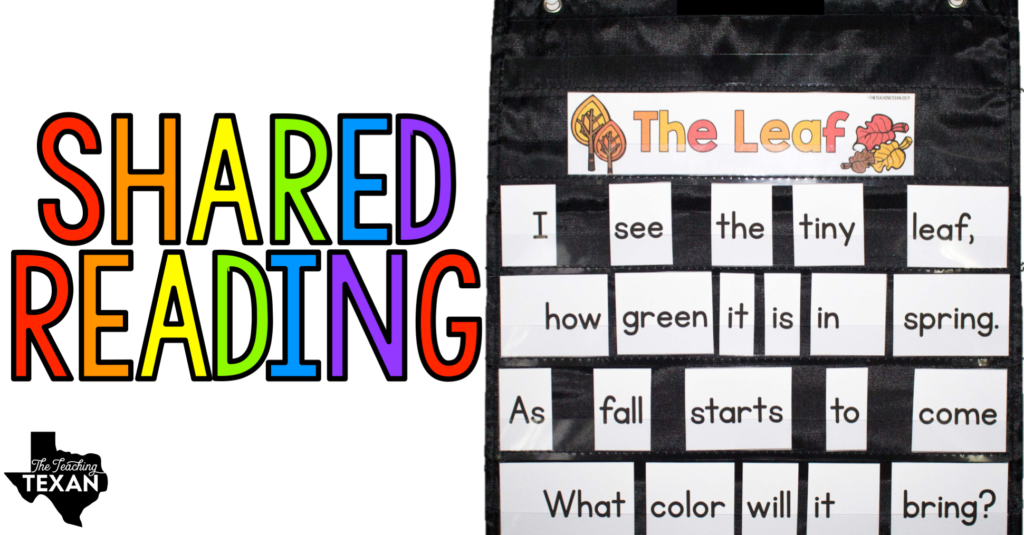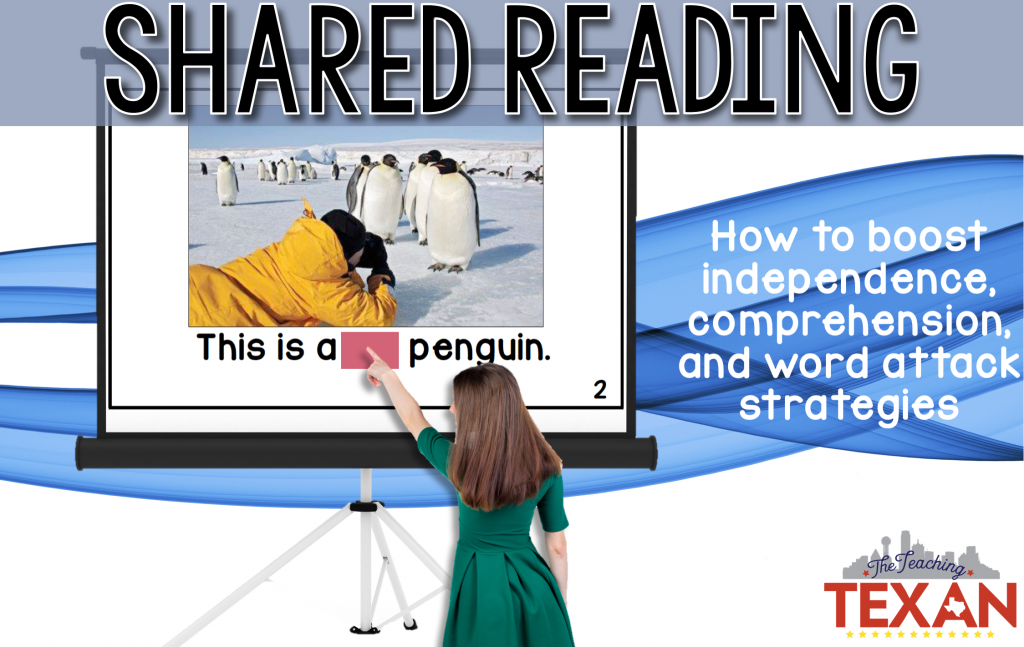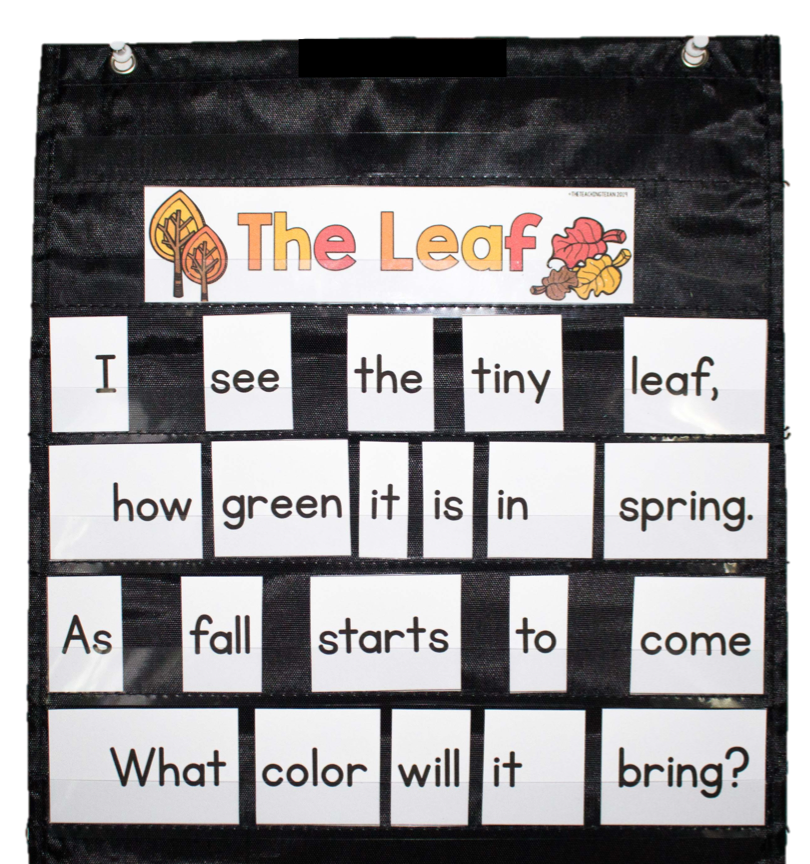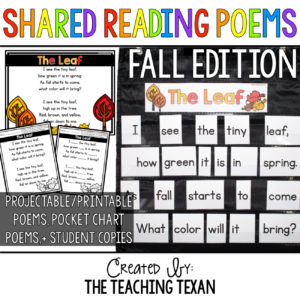Teaching Points for Shared Reading
You’re a champion. You’re a star educator. You’ve started incorporating Shared Reading along with Guided Reading into your literacy lesson plans. And you’ve even started seeing results. Hooray and good job! Give yourself a well-deserved pat on the back.
And yet, including shared reading as part of your whole group literacy time isn’t quite, well, natural. At least not yet. It still feels like trying to shoehorn another thing in that you know is good for your students but holy moly can’t this all just be EASIER?!?
Yes friend, it can. And it should be! Today I’ll share 5 teaching points for shared reading to make it a fun, simple and second nature addition to your literacy lessons.
Each of these teaching points can easily be customized for any literacy unit, pulled out of your back pocket when you’ve got five minutes to spare before recess, or used as a warm-up before literacy centers. Even better still, they’re perfect for any elementary classroom or reading level — easy to translate for all levels from kinder to fifth!
Let’s dive in:

1. One to One Matching
I don’t know about yours, but my kiddos LOVE their pointers. (I have cute little ones with hands on them that I literally purchased from the dollar store. Money well spent, 100%!) But whether you have “fancy” pointers or just regular pencils, this game is super fun, challenging in all the right ways, and rewarding for readers of all levels.
Whether you’ve got a projector, a white/chalk board, or large poster paper, start by displaying some text to the whole group. (Or if your classroom has tablets, each student can follow along with their own — this activity is super flexible to work with whatever you’ve got!) Ask one student to act as the leader and use their pointer to choose a word where the whole group can see. Then give students a few seconds to read the word silently to themselves (gives slower readers a second to catch up) before reading aloud chorally as a group.
This activity is extremely simple, but oh so important for young readers to gain confidence. By allowing students to focus on one word at a time, and giving a moment to read independently, they can feel confident and supported when reading aloud with the whole group. Plus, even if they get it “wrong”, it’s not a huge mistake that’s obvious to everyone. It’s a tiny blip before moving on to the next word. Also, the student picking the word doesn’t have to worry about “knowing more” in order to lead the group. It’s an easy way to involve all reading levels in different roles.
In fact, I’ve created some super cute winter-themed sight word coloring sheets that pair wonderfully with this activity specifically for Kinder, First, and Second Grades! Play the game as a group, then work individually on the sheets as your first literacy center. Hip hip hooray for seamless integration!
2. Play Detective
This activity can be done with or without additional prep, it works well both ways. It can also be completed whether students have read the text previously or not. Using context clues (or remembering from previous readings of the text in Guided Reading lessons or other Shared Reading activities), students guess what word is missing from a sentence AND practice sounding out the missing word.
It’s awesome if you have a picture to accompany the sentence, like you see below, but for older elementary readers you may have enough context clues in the paragraph without a visual. Either way, students make their guess silently, then adjust their guess as further clues (aka letters) are revealed. Students sound out the word as its revealed, finally seeing the whole word in context.

If you need more details (or just like lots of pictures), I’ve explained this activity in depth in a previous post.
3. I Spy
For this activity I’ve found it best to start with a fresh text that students are not familiar with. Previewing the text without reading aloud, have students locate specific words (most likely sight words you’ve taught) within the text. You can lead the game to begin, saying “I spy a sight word beginning with S,” for example. Students take a few seconds to locate the word on their own, then all respond as a chorus with the word. After a few rounds, students might want to lead a round or two themselves.

This activity is especially helpful for young readers to realize they already know several words on a page even if they’ve never read it before. Talk about building confidence!
4. Focus on Punctuation
Practicing reading punctuation as a group can really help build confidence in less experienced readers. Learning when to pause, raise your inflection and emphasize certain words helps with both reading aloud and public speaking in later elementary and beyond.
Have students read the same sentence with different punctuation and notice how this changes the meaning. How does this sound as a question? Notice how it’s different from a statement. The older your students are, the more involved this activity can become. You can go on a hunt for “question words” like how, why, what, when, where. Or discuss how a story feels different when a character uses an exclamation at the end of their dialogue as opposed to a period. Punctuation is an extremely important storytelling and literacy tool. Integrating it into your literacy lessons can be extremely helpful with student fluency.
5. Cross Check
Cross checking is when a student uses a picture (or part of a picture — revealing different parts of the picture along with revealing letters can be a fun variation on this activity!) and the initial letters of a word to solve for the word. For example, let’s say there’s a picture of a tiger but your kindergarten student is convinced it’s a lion for some reason. They assume they’re reading about a lion but are confronted with a word that starts with a “T”, not an “L”. After sounding out the word fully, they realize the picture must be a tiger since the text supports that reading. Developing the skill of cross-checking helps students use the word AND pictures to read a text, instead of relying too heavily on the pictures and guessing at the story.
I’ve loved getting to share these Shared Reading tips with you this week and I hope you have a blast integrating them into your lessons this winter. Creating a balanced literacy strategy is work, yes, but with practice and the right tools, it can become second nature in no time. Lucky for you, I’ve got all the tools you need to succeed! Grab your set of shared reading poems by clicking here or on the picture below.
When it’s cold outside, there’s nothing that warms me up like teaching kids to love reading! I’m just preparing them to sit by their cozy fires later in life, snuggled up in blankets with a cup of hot cocoa and a wonderful story.

